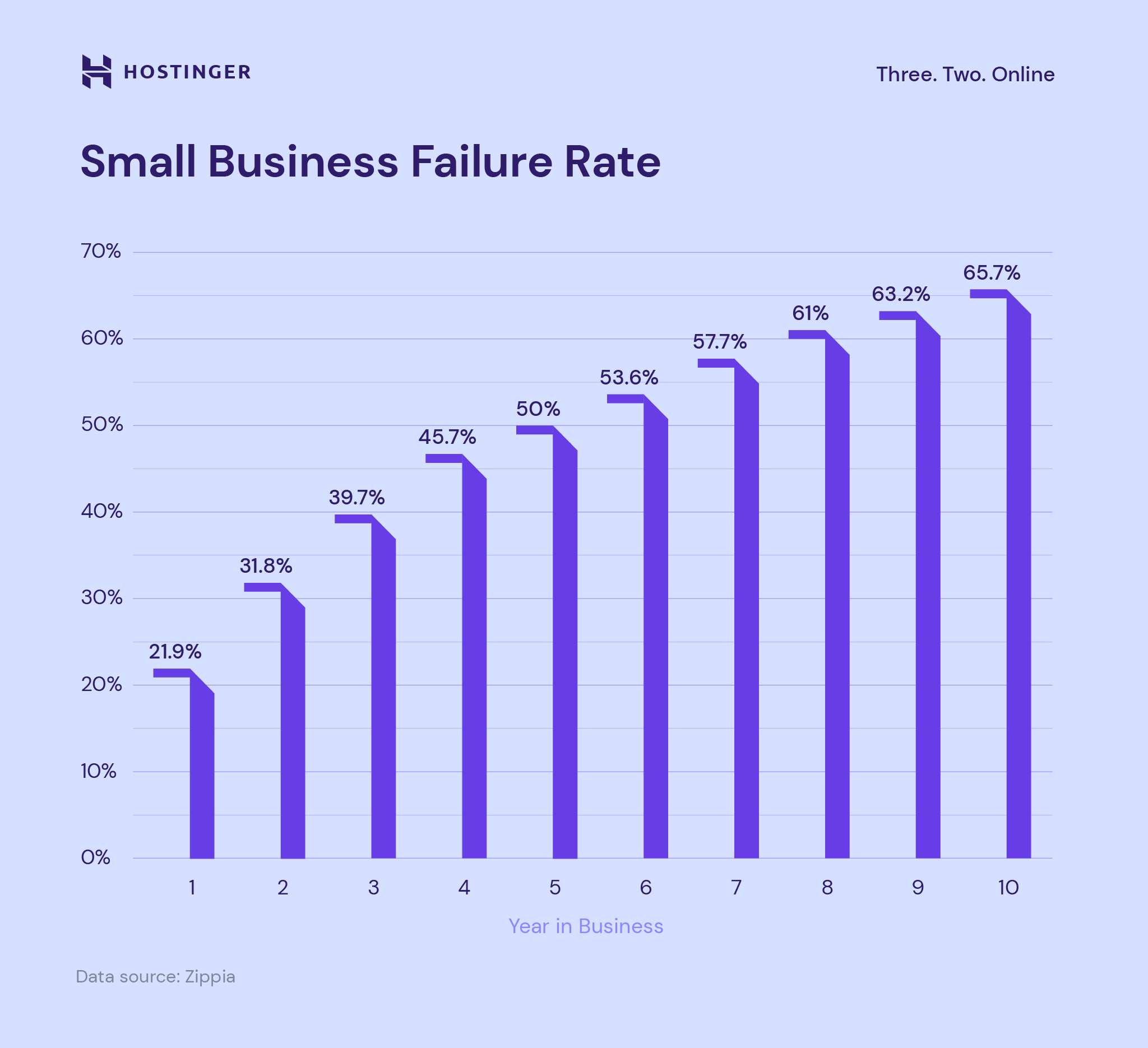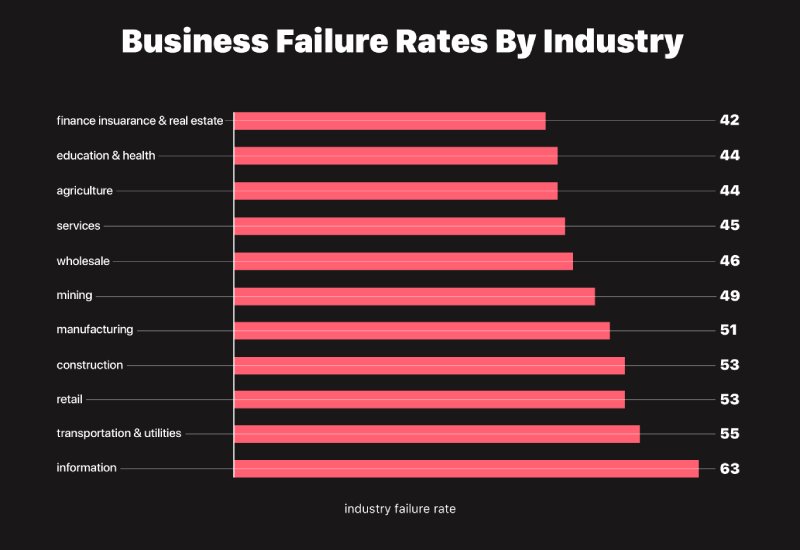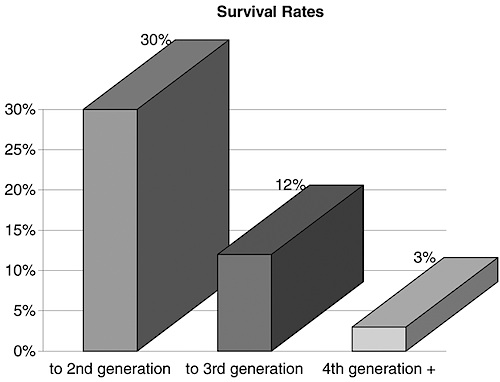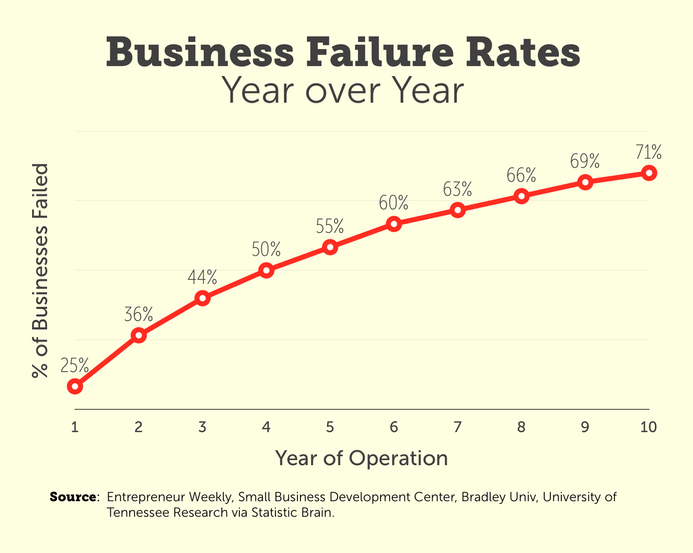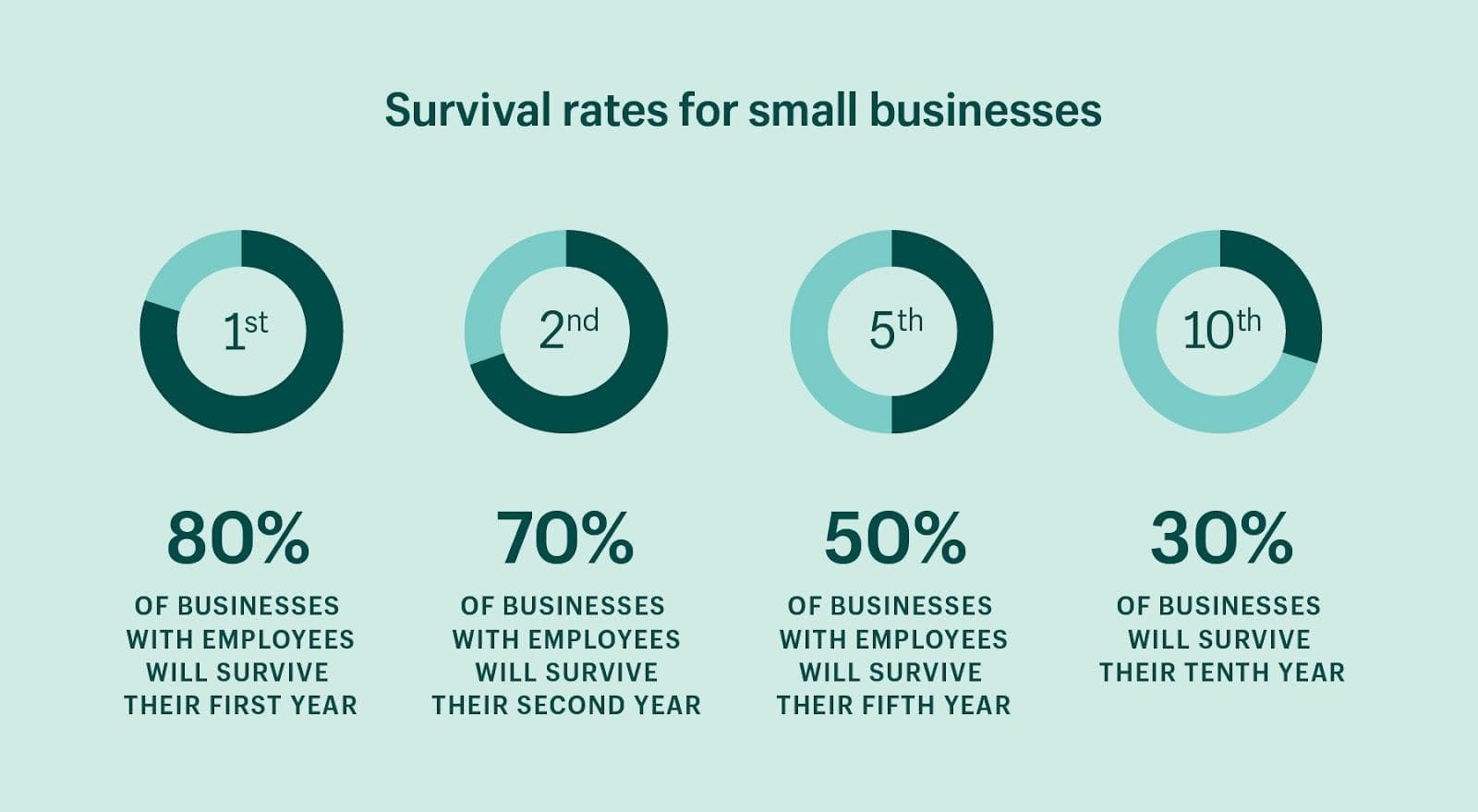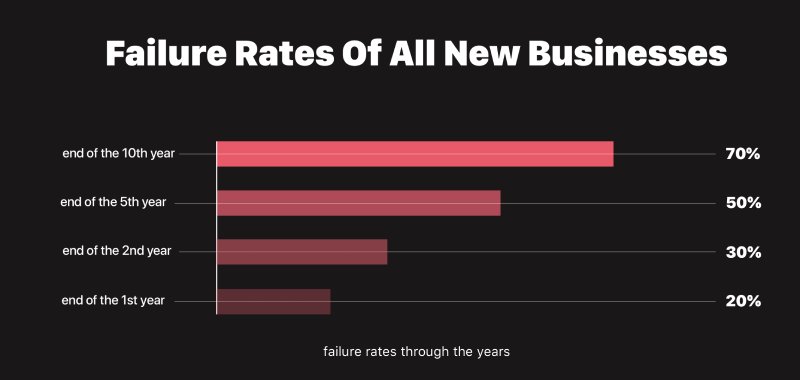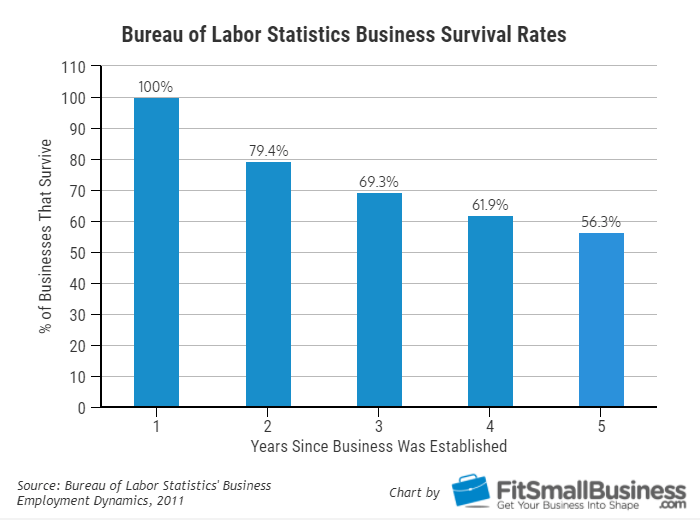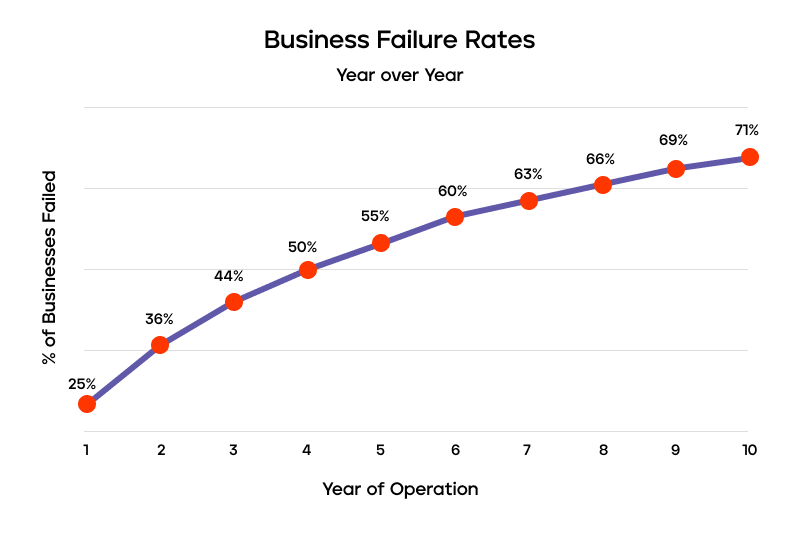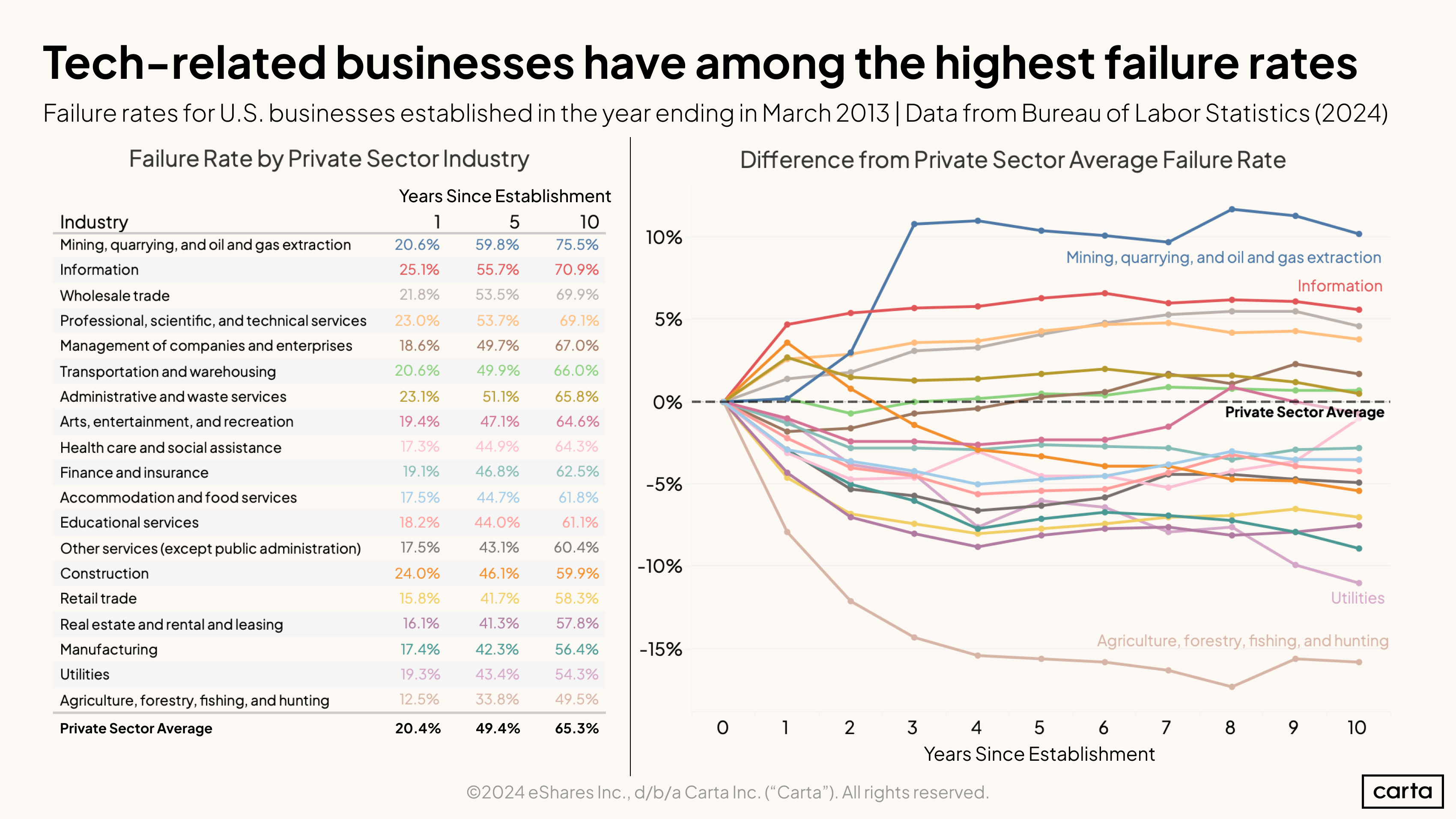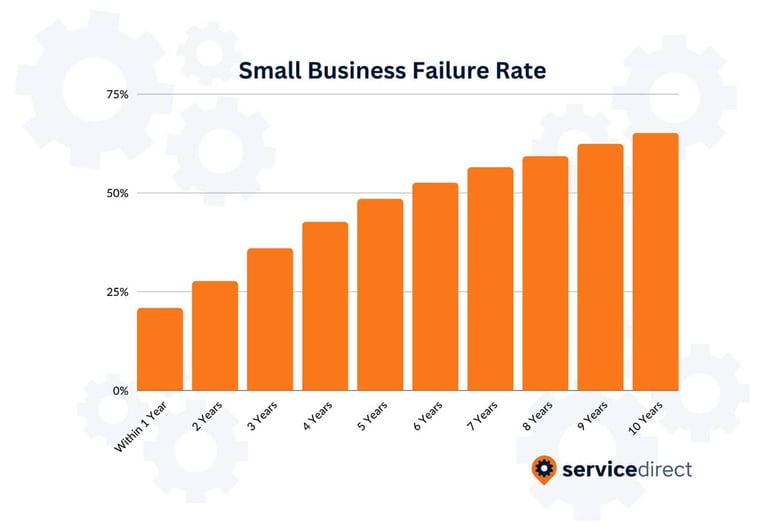3rd Generation Business Failure Rate

The longevity of family businesses is a recurring concern, particularly as they transition through generations. While many celebrate the success of first and second-generation enterprises, statistics reveal a sharp decline in survival rates by the time the third generation takes the helm. This phenomenon, often attributed to a complex interplay of factors, carries significant implications for the economy and the families involved.
The core issue revolves around the statistically observed higher failure rate among third-generation family businesses. This article will explore the contributing factors, providing insights into the challenges and potential solutions that might improve the odds for these enduring enterprises.
The Stark Reality of Transition
Numerous studies paint a sobering picture. According to the Conway Center for Family Business, only about 30% of family businesses survive into the second generation, 12% are still viable into the third, and only about 3% operate into the fourth generation or beyond.
These figures aren't merely statistics; they represent the culmination of years of hard work, dedication, and family legacy. The implications are far-reaching, impacting employment, wealth creation, and community stability.
Why the Third Generation?
Several interconnected factors contribute to the increased vulnerability of third-generation family businesses. Often, the initial entrepreneurial drive that fueled the first generation's success wanes. This can be exacerbated by increased family complexity.
As the family tree expands, so does the potential for conflict regarding business strategy, ownership, and leadership. A more professionalized approach is generally advised but not often followed.
Succession planning is frequently cited as a critical area. Without a well-defined and transparent process for transferring leadership and ownership, the transition to the third generation can be fraught with challenges.
Key Challenges and Contributing Factors
One of the most significant hurdles is the shift in corporate culture. The hands-on, often autocratic, style of the founder may not be suitable for the more diverse and dispersed family of the third generation.
Communication breakdowns are also common. As the family grows, maintaining open and honest dialogue about the business becomes increasingly difficult, potentially leading to misunderstandings and resentment.
Furthermore, the third generation may inherit a business that is no longer aligned with current market demands. A failure to innovate and adapt to changing consumer preferences can lead to stagnation and decline.
"The third generation often faces the challenge of managing a business that was built by their grandparents," says Dr. Sarah Miller, a leading expert in family business succession. "They may lack the direct experience and understanding of the business that the first and second generations possessed."
Strategies for Survival
Despite the odds, third-generation family businesses can thrive. Implementing proactive strategies can greatly increase their chances of success. This includes investing in professional management, developing a clear succession plan, and fostering a culture of innovation.
Formalizing family governance structures, such as family councils and shareholder agreements, can also help to resolve conflicts and ensure that all stakeholders are aligned. This is important for making sure that everyone's voice is heard.
Furthermore, embracing change and adapting to the evolving business landscape is crucial. This may involve diversifying product lines, exploring new markets, or adopting new technologies.
Ultimately, the survival of a third-generation family business depends on a commitment to both preserving the family legacy and embracing the future. A strong sense of shared values and a willingness to adapt are essential ingredients for long-term success.
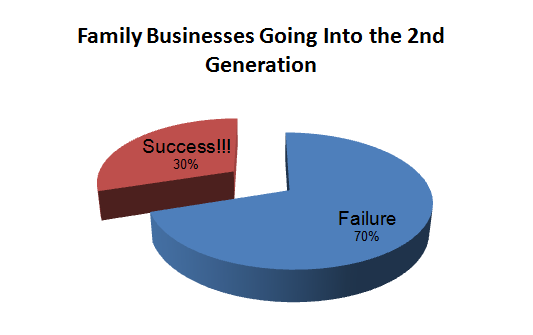

![3rd Generation Business Failure Rate What Percentage of Businesses Fail? [2025]](https://clarifycapital.com/assets/study/what-percentage-of-businesses-fail/business-failure-rates-by-year-58ef42fecdd07c0e8c6ac7821edb7f10fddf0fee8fb7db8f2a7892a312350123.png)
